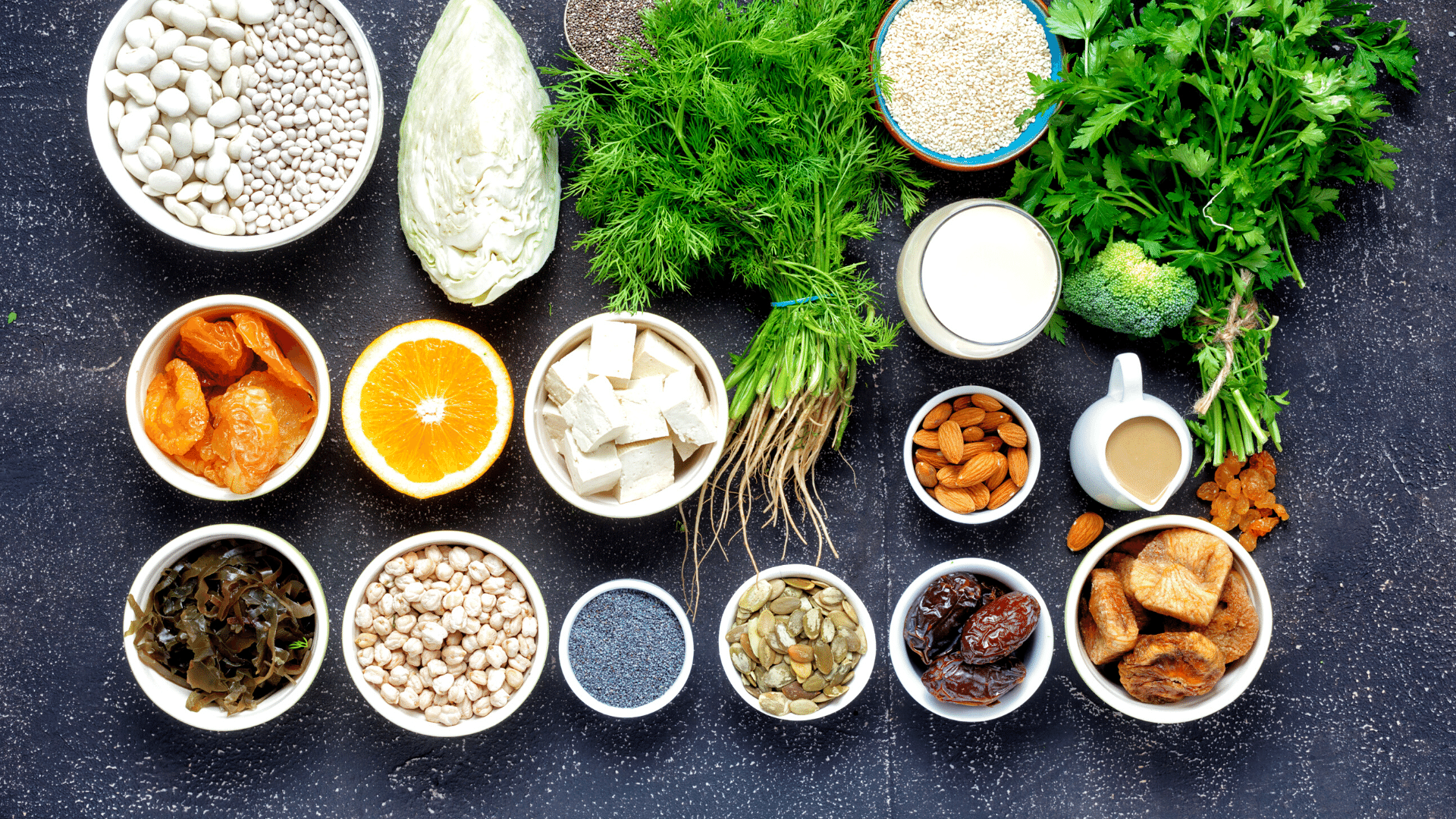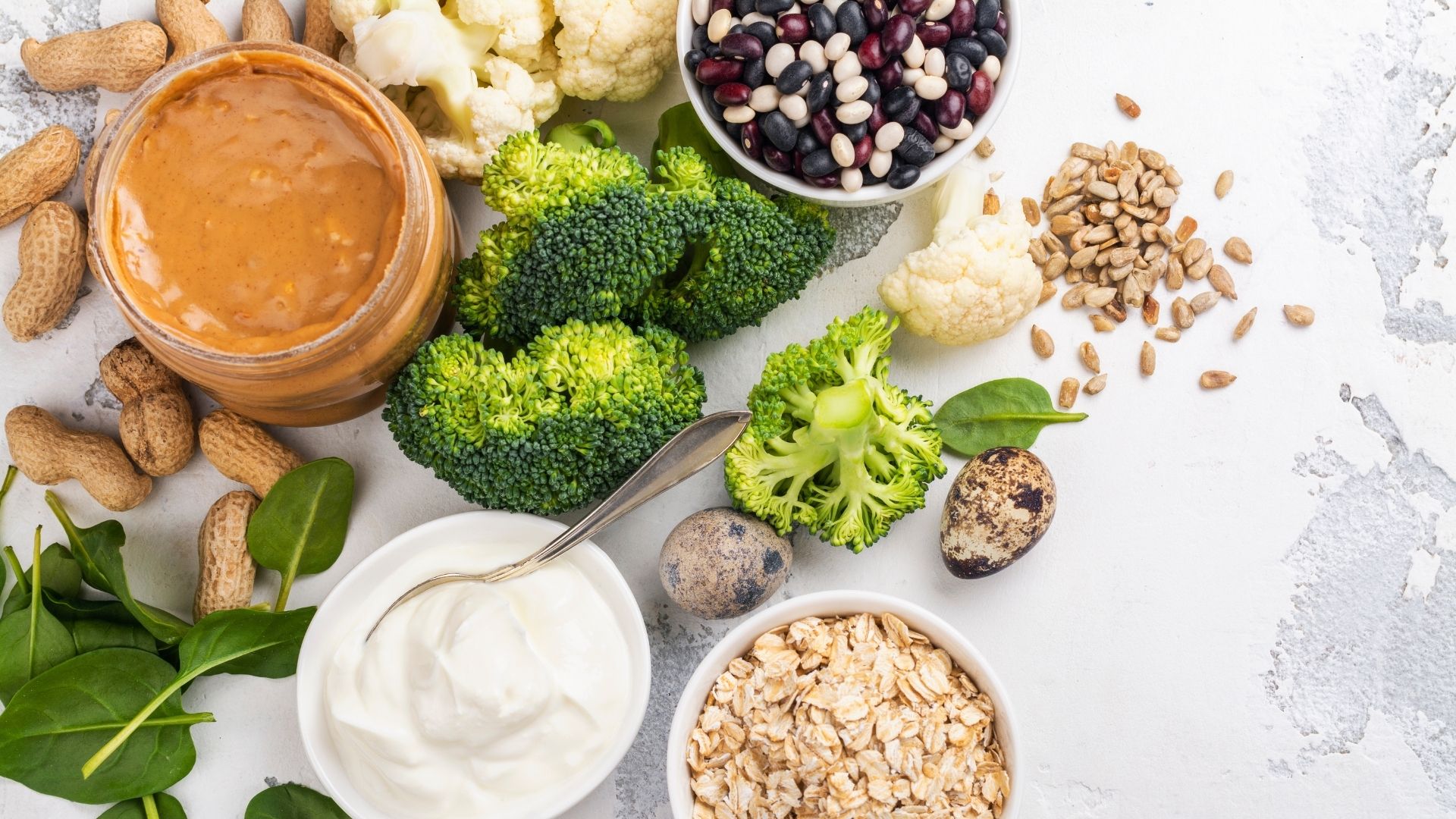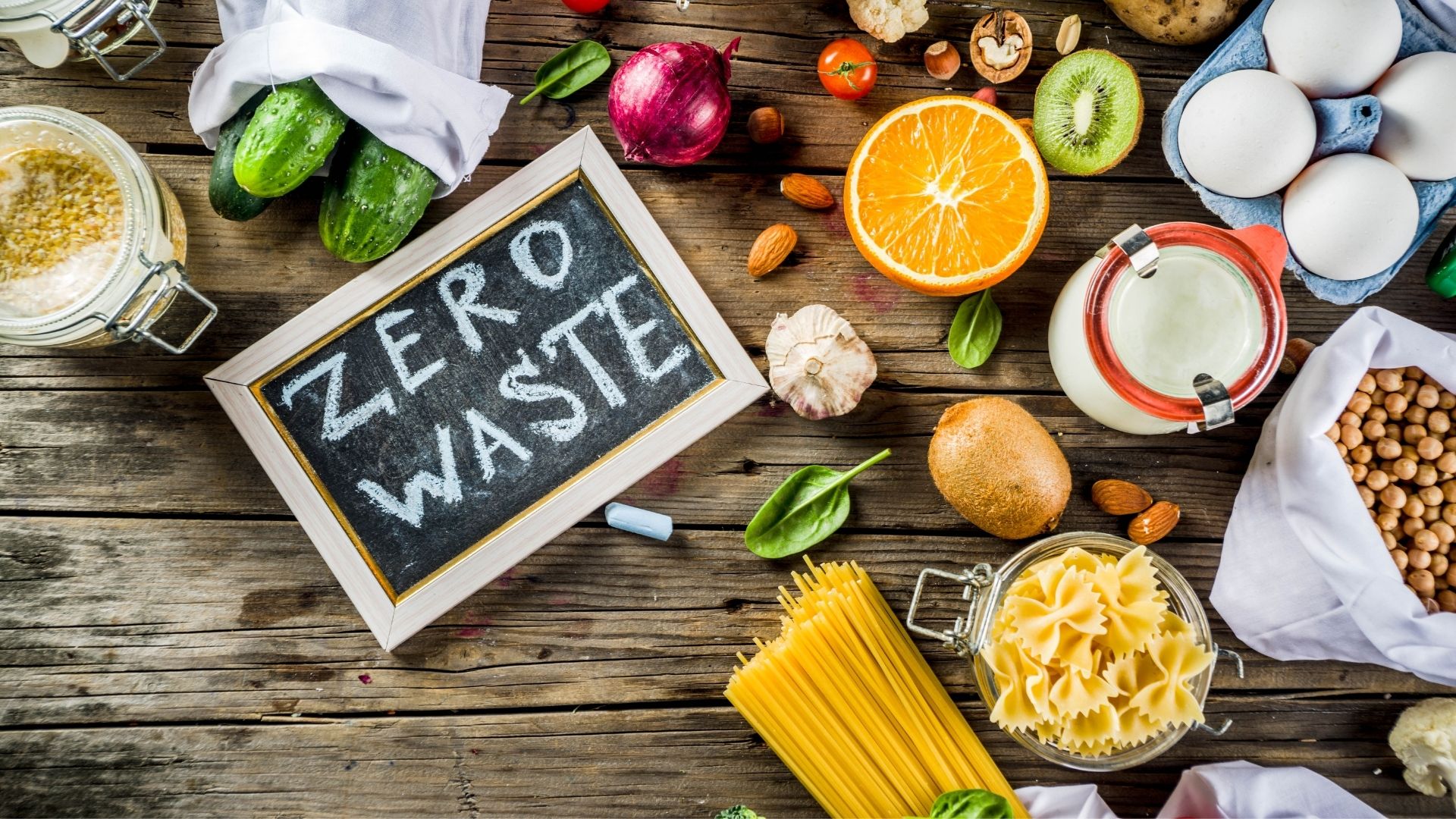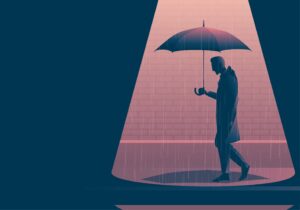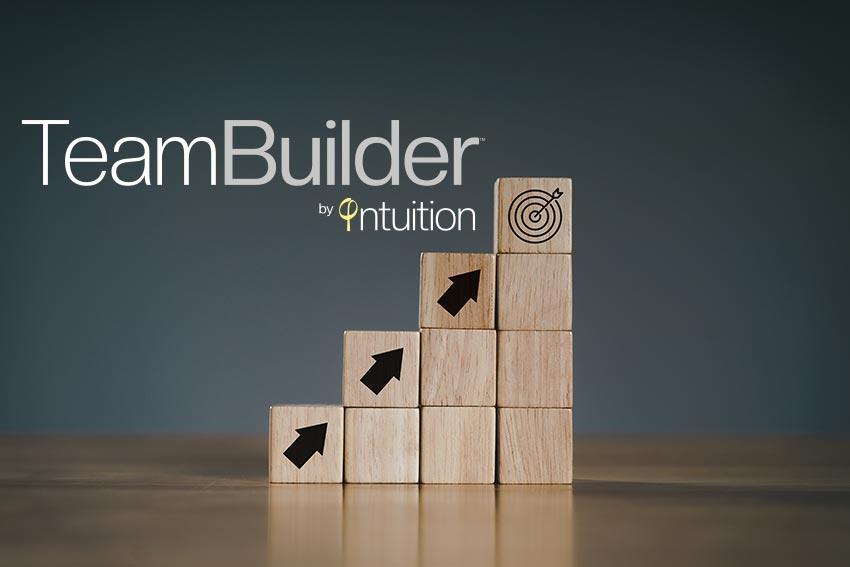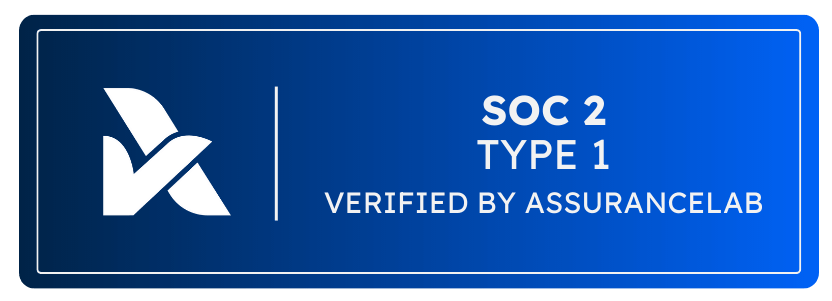People talk about “eating clean” all the time. But what does that mean exactly—and why is it so great? That’s exactly what Jenny Jaucian, a nutrition coach and certified personal trainer, answered in a webinar for Intuition.
“Generally, clean eating is eating food in its most natural state—something that comes from the earth and doesn’t have a long ingredients list. It’s focusing on real food in its most original source as much as possible,” says Jaucian. “That means relying less on processed, store-bought items. Anything wrapped in plastic, or in a box—or has a very long ingredients list—can be considered a ‘processed food.’”
Jaucian says the benefits of clean eating are limitless. Sticking to clean foods can help with weight loss, boost your overall health, build a stronger immune system, reduce your risk of obesity, cancer, and other health-related diseases, and improve your mood, for starters. It can even help increase your energy levels.
“It gives you sustained energy throughout the day. When we’re eating a lot of processed food with a lot of sugar, it gives us this up-and-down roller coaster of energy. That’s why many people are addicted to their coffee all throughout the day,” says Jaucian. “Replacing high-sugar beverages and caffeine drinks will actually let you maintain a long-lasting buzz throughout the day.”
What to Eat, and What to Avoid
So, how do you get started on your clean eating journey? Simple. When you’re shopping, stick with single-ingredient foods. You can also eat minimally-processed foods. As for what to avoid, Jaucian says to keep the acronym “CRAP” in mind. “CRAP is an acronym for food that not only contains empty calories, but also contains ingredients that rob your body of essential nutrients,” says Jaucian. “That leaves you feeling tired, and can cause overeating and rapid weight gain.”
CRAP comes down to four elements:
- Chemicals and carbonated drinks (soda, diet soda, etc.)
- Refined (white flour, refined sugar, high fructose corn syrup)
- Artificial ingredients and alcohol (candies, soda drinks, etc.)
- Processed products (ice cream, sausages/bacon, deli meats, etc.)
How to Shop Clean
Shopping clean is much easier than you think. The next time you go to the grocery store, Jaucian says to focus on eating the following foods 70 to 80 percent of the time:
- Fruits and veggies: anything in the produce aisle)
- Protein: salmon, tofu, tuna, tempeh, chicken, turkey, etc.)
- Dairy and alt-dairy: plant-based milks, cottage cheese, Greek yogurt
- Grains: barley, quinoa, brown rice, oats, etc.
- Legumes: chickpeas, beans, peas, lentils
- Healthy fats: avocados, olive oil, nut butter, seeds, nuts, etc.
- Herbs and spices: basil, oregano, mint, turmeric, ginger, etc.
- Condiments: salsa, Sriracha, Bragg’s amino acids, etc.
You can eat these foods too, but keep them to 15 to 20 percent of the time:
- Alcohol: red wine
- Processed “health” foods: energy/protein bars, granola, etc.
- Sweeteners: raw honey, agave nectar, pure maple syrup, etc.
- Processed meat: bacon, sausage, pepperoni, etc.
Lastly, Jaucian says these foods—and anything like them—should only be eaten 5 to 10 percent of the time:
- Conventional sugar
- Soda
- High fructose corn syrup
- White flour
- White bread
- Sweetened breakfast cereals
- Deep-fried foods
- Fast food
- Vegetable oil or canola oil
You don’t have to toss everything out and dive into a cleaner diet all at once. “Instead of focusing on 100 percent eliminating these foods, focus on adding in clean foods,” says Jaucian. “If you’re craving ice cream or chips, first have a cup of berries or carrot sticks with hummus. Then if you’re still hungry, go for the ice cream.”
When you continue adding more of the healthy picks into your fridge and pantry over time, you’ll start eating clean more naturally. Then before you know it, you’ll be feeling happier and healthier because of those small changes.
